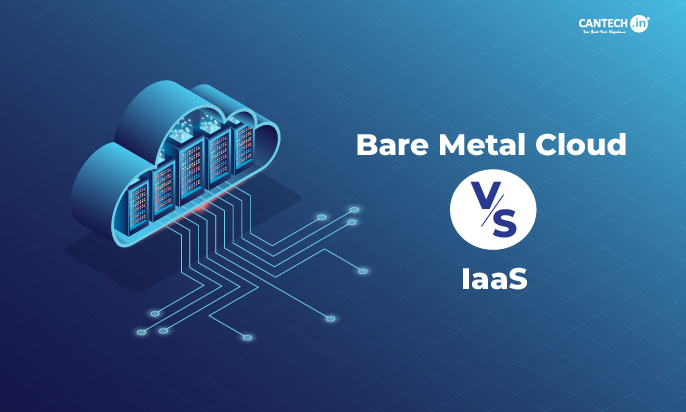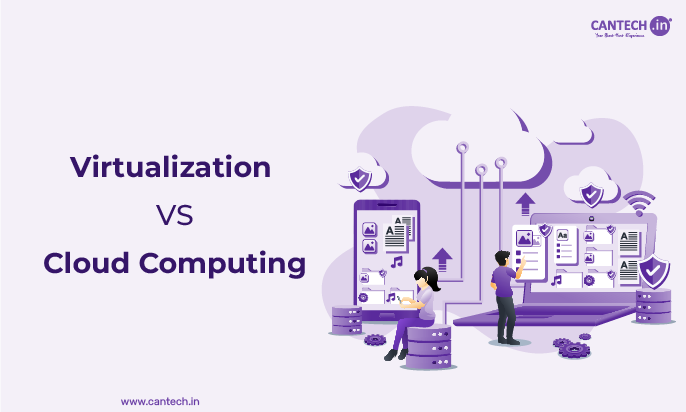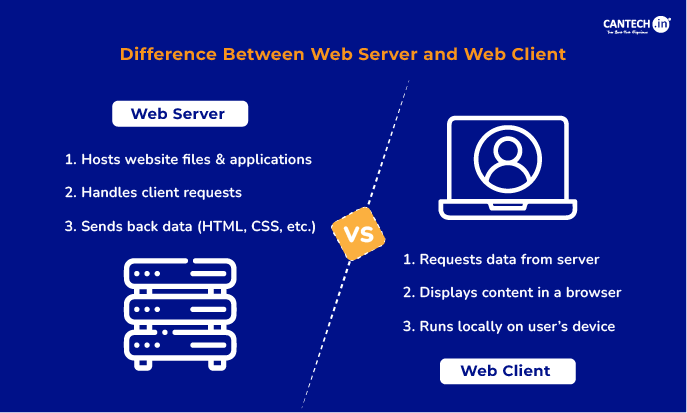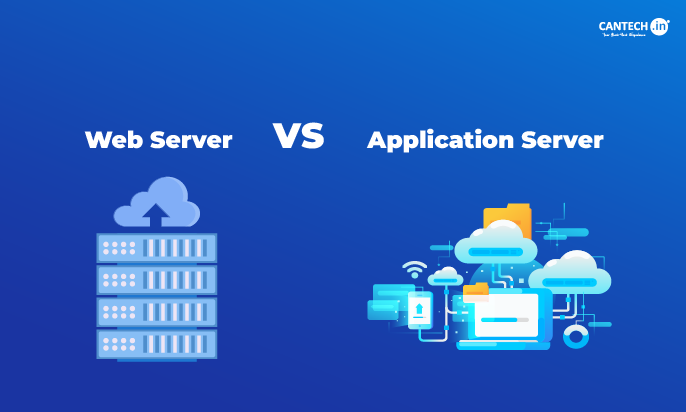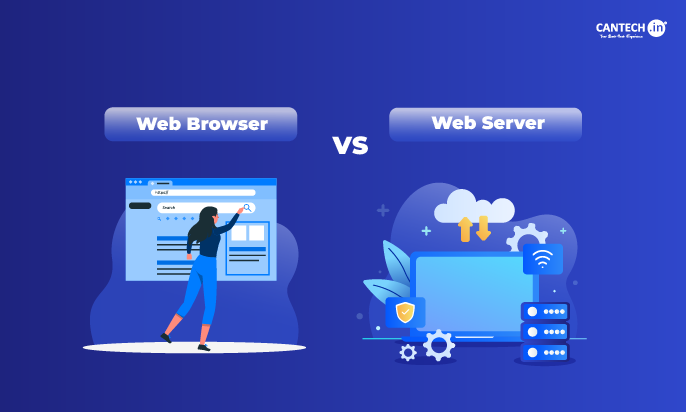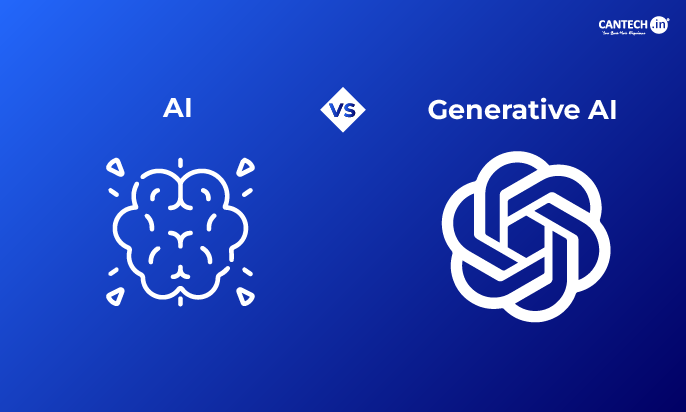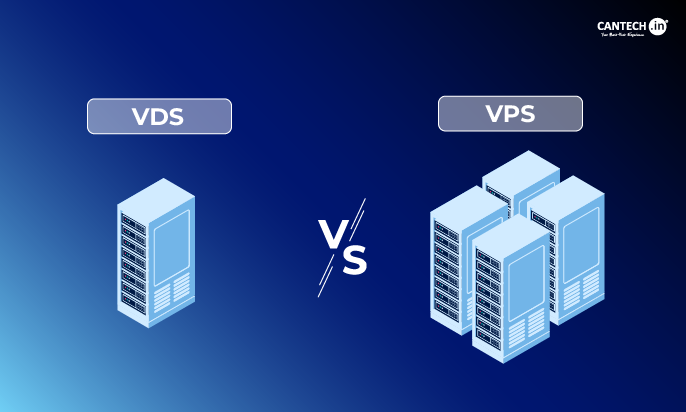Cloud computing is one of the buzzing concepts in today’s IT landscape. According to recent stats, the cloud computing market is anticipated to grow at a rate of $947.3 billion by 2026. That’s a whopping number right!
Well, among the different types of cloud computing services, Bare Metal Cloud and Infrastructure as a Service (IaaS) are two of the most popular options which organizations consider.
The most important part is, each one of them has its own set of advantages, making them suitable for different business needs.
Don’t worry! We’ve made your job easy! In this blog we will get straight into the key differences, advantages, use cases and more for Bare Metal Cloud vs. IaaS, which will help you make an informed choice.
Let’s delve in!
What Is a Bare Metal Cloud?
A Bare Metal Cloud is basically a combination of dedicated servers’ raw power and flexibility of cloud computing. It’s a full-power pack combination!
You get complete access to the bare metal dedicated server without a hypervisor layer, hence directly accessing the hardware.
Such a configuration is ideal for running performance-intensive applications that demand processing power, low latency, and full control. Thus, opting for bare metal cloud comes with success that truly means for your business.
A Word About Features of Bare Metal Cloud Servers
Following are the key features of bare metal cloud servers:
Physical Isolation: You have complete access to the entire dedicated server, meaning your workloads run on different machines, completely isolated from each other. This ensures more security, control and super-fast performance.
No Hypervisor Overhead: With the operating system installed directly on the server, there is no resource loss to virtualization.
Customizable Resources: Users can configure hardware specifications to suit specific workloads. It’s all yours! Plus, the resources are solely dedicated to you, no sharing among other tenants.
As-a-Service Model: Like traditional cloud services, Bare Metal Cloud servers can be easily rented on-demand.
Top Use Cases of Bare Metal Cloud
Bare metal cloud is best suited for apps that demand high computing power. Checkout some of the use cases below:
- Data-Intensive Workloads: Real-time analytics, media streaming, and gaming.
- High-Performance Computing:Machine learning clusters and AI applications.
- Compliance-Driven Industries: Healthcare and finance, where data privacy is critical.
Advantages of Bare Metal Cloud
- High Performance: No virtualization overhead ensures maximum resource utilization.
- Security Isolation: Suitable for businesses with very strict data security requirements.
- Predictable Costs: Fixed pricing compared to fluctuating usage costs in IaaS.
- Customizability: Full control over hardware and software configurations.
What Is Infrastructure as a Service (IaaS)?
Infrastructure as a Service (IaaS) is a type of cloud computing that provides virtualized computing resources over the internet. You are covered with all the essential computing, storage, and networking resources on demand using a pay-as-you-go model.
It is one of the four primary cloud service models along with SaaS (Software as a Service), PaaS (Platform as a Service), and serverless computing.
The best part for organisations opting IaaS is minimising the upkeep of on-premises data centers, reducing hardware expenses, and accessing real-time business insights.
There’s a lot to explore! Keep reading.
Sharing the Top Features of IaaS
IaaS comes with a range of features to make your projects operate seamlessly. Take a look at the following ones:
Multi-Tenant Environment: In simple terms, with IaaS virtual servers are shared among different users. It’s not exclusive to a single user as in bare metal server.
On-Demand Resources: Virtual machines can scale up or down the resources depending on workload demand.
Economical: One of the notable features is pay-as-you-go. Meaning, you need to only pay for what you use, making it a cost-effective option.
Use Cases for IaaS
- Web Hosting: You can host a website on a virtual server without purchasing any hardware
- Development and Testing: Scale up and scale down to build testing environments for applications.
- Seasonal Workloads: Ideal for businesses with fluctuating resource needs.
Pros of IaaS
- Scalability: Seamlessly adjust resources to match business demands.
- Cost Efficiency: Shared infrastructure leads to lower costs.
- Flexibility: Supports a wide range of applications and workloads.
Key Differences Between Bare Metal Cloud and IaaS
Bare metal cloud and IaaS differ in some scenarios. They both come with their uniqueness and differences. Knowing them would help you make a well-informed decision for your business.
Performance Capacity
In the case of IaaS virtualized environments, there is scalable on-demand resource availability for the user. Virtualization, however, consumes a portion of the system’s resources and, hence, reduces the capacity available for the apps.
Bare metal servers dedicate 100% of their hardware to a single user without the overhead caused by virtualization. The exclusive access means that it has more performance capacity, especially for resource-intensive workloads, which makes bare metal ideal for performance-critical applications.
Security Isolation
Bare metal servers offer complete physical isolation as they are dedicated to a single user. This eliminates the potential vulnerabilities associated with multi-tenancy.
On the other hand, IaaS operates in a shared virtual environment where resources are divided among multiple users.
While virtualization ensures user isolation, the physical connection between environments introduces an additional security risk that requires ongoing management.
Customization and Control
Bare metal servers offer ultimate flexibility in configuration with the user choosing specific hardware, such as an Intel Xeon processor, NVMe SSD, and high-speed memory disk. This can prove to be highly beneficial for a business with very specialized or high-performance computing requirements.
Alternatively, IaaS platforms are built for scalability and often come with pre-configured solutions. While these configurations are powerful, users may find limited options for fine-tuning the system to meet unique requirements.
Server Management Workload
In the case of bare metal servers, the user usually takes the responsibility of management. Tasks like installation of an operating system, network setup, and software configurations require a skilled IT team, which can influence the overall bare metal server cost. Some providers offer fully managed services, but they do that at an additional expense.
IaaS however, simplifies server management by outsourcing operational tasks to the provider. From OS updates to security patches, the provider handles most responsibilities, enabling businesses to focus on their applications rather than infrastructure maintenance.
Deployment Speed
The time to set up bare metal servers is usually more extended because it is highly customizable and hardware-based. Businesses would need to provide time for installing, configuring, and fine-tuning before the applications can be deployed.
On the other hand, IaaS platforms are designed for quick deployment. In minutes, a user can have virtual servers online. This makes it ideal for startups and those businesses that look to scale very quickly.
Scalability and Elasticity
IaaS is good for scalability: one can quickly add or remove resources as demand arises. Such flexibility makes it very suitable for companies with volatile workloads or peak seasons.
In contrast, bare metal servers have limited scalability. Increasing capacity is often through additional hardware acquisition, which may be time-consuming and less economical.
This helps businesses balance performance, security, and costs when choosing whether to use bare metal servers or IaaS for their specific applications.
Choosing Between Bare Metal Cloud vs. IaaS: The Final Lines
Bare-metal cloud offers attractive features, such as complete control, customization, and enhanced performance capabilities. Nonetheless, you need a higher investment.
On the other hand, investing in Infrastructure as a Service (IaaS) is less expensive to establish than bare metal installations; however, IaaS offers weaker scaling capabilities relative to bare metal. Opt for the one that best meets your wants. After all, the choice is all up to you!
FAQs
What’s the Difference Between Bare Metal Cloud and IaaS?
Bare Metal Cloud delivers single-tenant, physical servers to maximize performance and security, whereas IaaS offers multi-tenant virtualized environments for more affordable scalability.
Is Bare Metal Cloud More Secure?
Yes, Bare Metal Cloud servers offer physical isolation, so they are safer than IaaS in shared environments.
What Are the Costs Associated with Bare Metal Cloud?
Bare Metal Cloud usually incurs higher fixed costs because of dedicated resources but offers predictable pricing.
Can I Use Bare Metal Cloud for Web Hosting?
Yes, Bare Metal Cloud is suitable for hosting websites with high traffic or specific compliance needs.
What Are Common Use Cases for IaaS?
IaaS is best suited for web hosting, app development, testing environments, and seasonal workloads.
